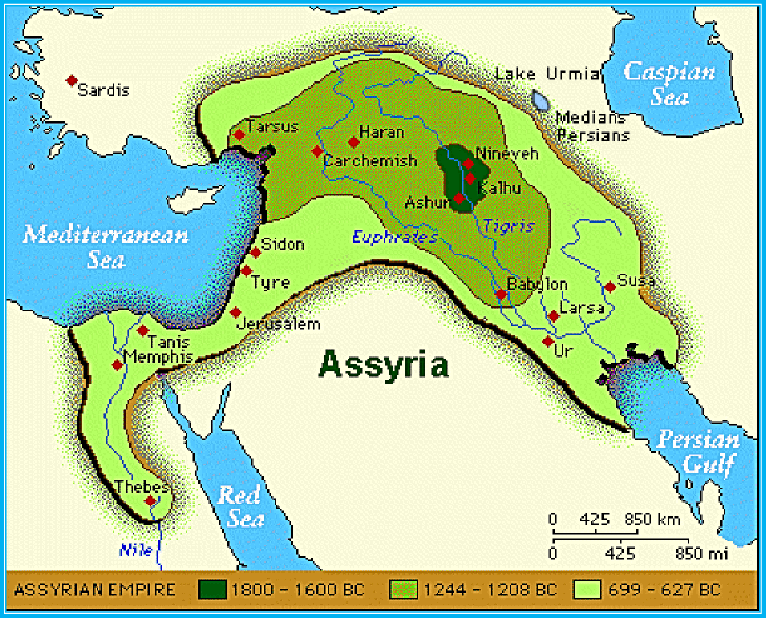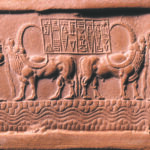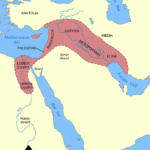When Was the Assyrian Kingdom Established?: In the annals of ancient history, one kingdom stands out with a legacy that has left an indelible mark on the world’s historical tapestry – the Assyrian Kingdom. This enigmatic civilization, known for its formidable military prowess and architectural achievements, had its origins shrouded in the mists of time. In this article, we will embark on a journey through the annals of history to discover when the Assyrian Kingdom was established.
When Was the Assyrian Kingdom Established?
Table of Contents
Unearthing the Roots: The Early Assyrians (circa 2500-2025 BCE)
The story of the Assyrian Kingdom begins in the third millennium BCE, in the region of Mesopotamia, known as the cradle of civilization. The early Assyrians were part of the Akkadian-speaking peoples who inhabited this fertile land. However, the Assyrian identity as a distinct entity was still in its nascent stages during this time.
The Rise of the City-State: Assur (circa 2025-1900 BCE)
Around 2025 BCE, the city-state of Assur emerged as a significant player in the region. Assur, located on the banks of the Tigris River, became the nucleus around which the Assyrian Kingdom would coalesce. It was during this period that Assur started to assert its influence and power over neighboring city-states.
The Assyrian Heartland: Old Assyrian Period (circa 1900-1365 BCE)
The Old Assyrian Period marks a crucial phase in the establishment of the Assyrian Kingdom. During this era, the city of Assur expanded its control over nearby territories and began to develop the administrative and military structures that would define the Assyrian state. The Old Assyrian merchants also gained prominence through their far-reaching trade networks.
The Middle Assyrian Empire (circa 1365-1050 BCE)
It was during the Middle Assyrian Empire that the Assyrian Kingdom truly came into its own. Under the leadership of rulers like Tiglath-Pileser I and Ashur-bel-kala, the empire expanded its borders significantly. They conquered lands stretching from Anatolia in the west to Elam in the east. This period solidified the Assyrian identity and established Assur as a formidable imperial capital.
The Neo-Assyrian Empire: The Culmination (circa 911-609 BCE)
The zenith of the Assyrian Kingdom was reached during the Neo-Assyrian Empire. This era witnessed the conquests of powerful rulers like Ashurnasirpal II, Tiglath-Pileser III, and Sennacherib. The capital city, Nineveh, became a magnificent metropolis, boasting impressive palaces and grandeur.
The Fall of an Empire: 612 BCE
Every empire has its rise and fall, and the Assyrian Kingdom was no exception. In 612 BCE, a coalition of Babylonians, Medes, and Scythians laid siege to Nineveh. The once-mighty Assyrian Empire crumbled, bringing an end to nearly two millennia of Assyrian dominance in the region.
Conclusion
The establishment of the Assyrian Kingdom is a complex tale spanning millennia. From its modest beginnings as an Akkadian-speaking settlement to the grandeur of the Neo-Assyrian Empire, this civilization left an indelible mark on history. Its rise and fall serve as a reminder of the cyclical nature of empires.
FAQs
1. What were the major achievements of the Assyrian Kingdom?
The Assyrian Kingdom was known for its military conquests, impressive architecture, and advanced administrative systems. They also made significant contributions to art and literature.
2. How did the Assyrian Kingdom fall?
The Assyrian Kingdom fell in 612 BCE due to a coalition of Babylonians, Medes, and Scythians who besieged Nineveh, the capital city.
3. What was the significance of Nineveh?
Nineveh was the grand capital of the Assyrian Empire during its peak. It was known for its magnificent palaces and architectural marvels.
4. Were there any famous Assyrian rulers?
Yes, rulers like Tiglath-Pileser III, Sennacherib, and Ashurnasirpal II are famous for their conquests and contributions to the Assyrian Kingdom.
5. What is the legacy of the Assyrian Kingdom today?
The legacy of the Assyrian Kingdom can be seen in the artifacts and inscriptions that have survived, shedding light on their history and culture.
In conclusion, the Assyrian Kingdom’s establishment is a remarkable journey through time, with its roots dating back to the third millennium BCE. From humble beginnings in the city of Assur, it evolved into one of the most powerful empires of its time, leaving an enduring legacy in the pages of history.

I’m a student. I like writing about famous people. I will cover biography of all the latest and trending people world wide. Stay tuned with me on Biographyly.com. Don’t forget to share our contents with your friends.




